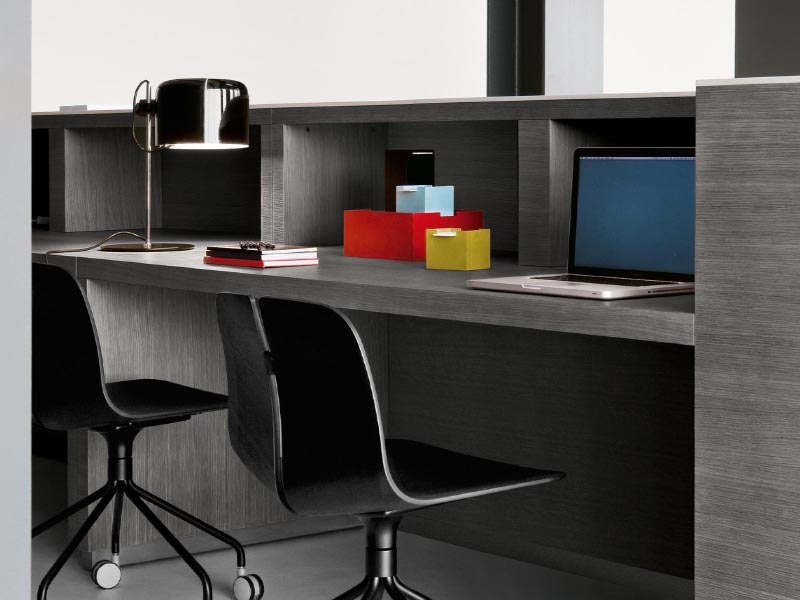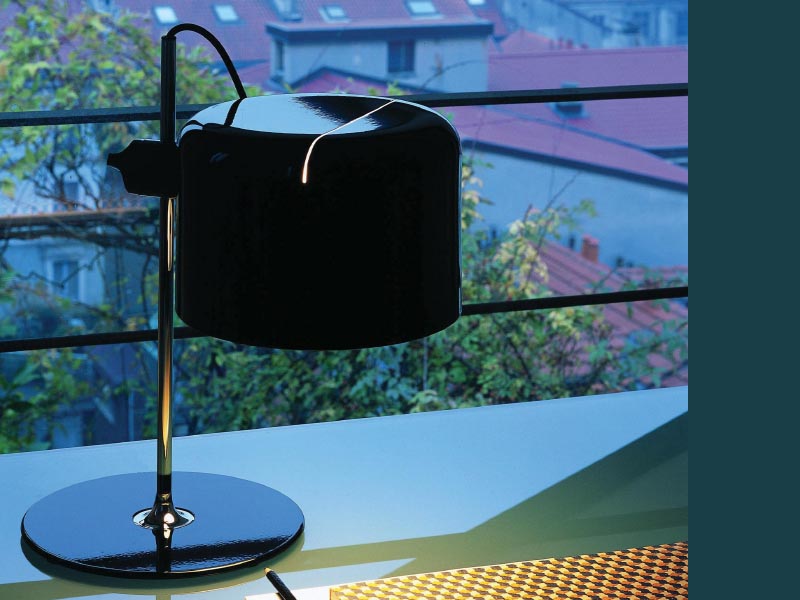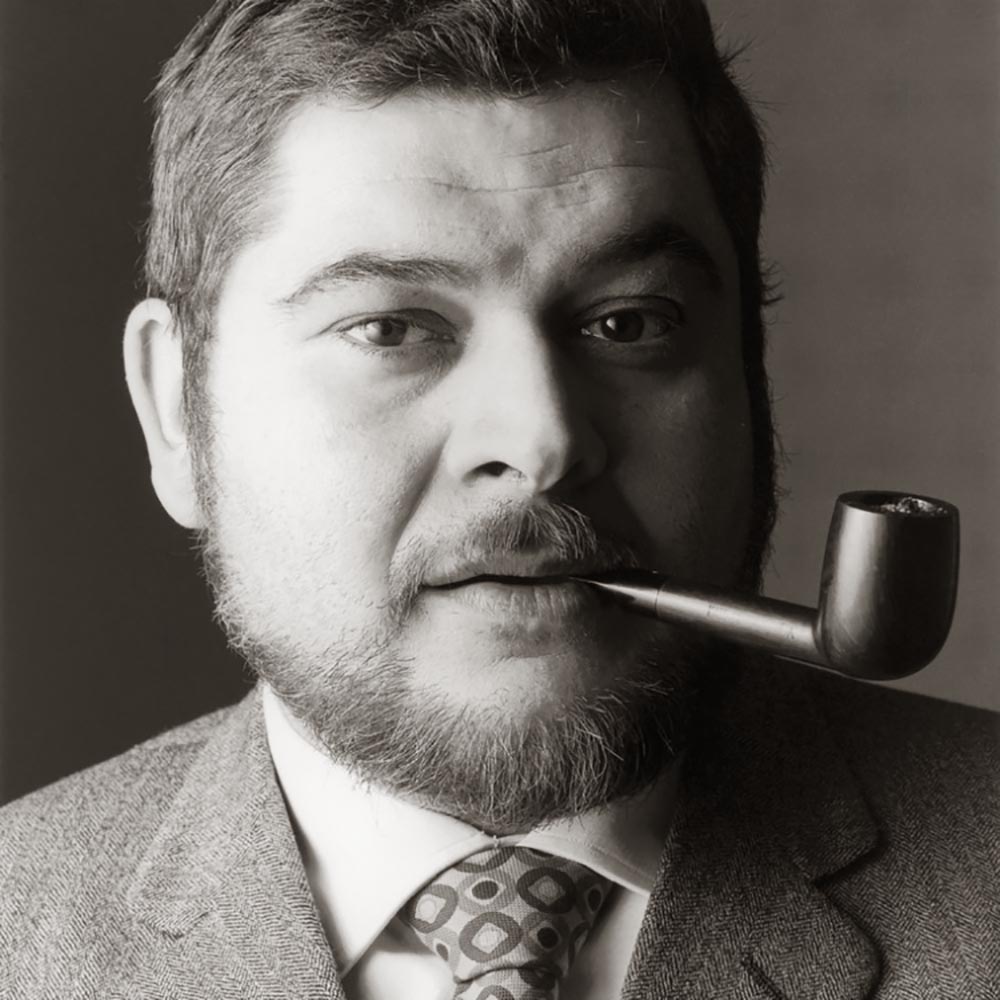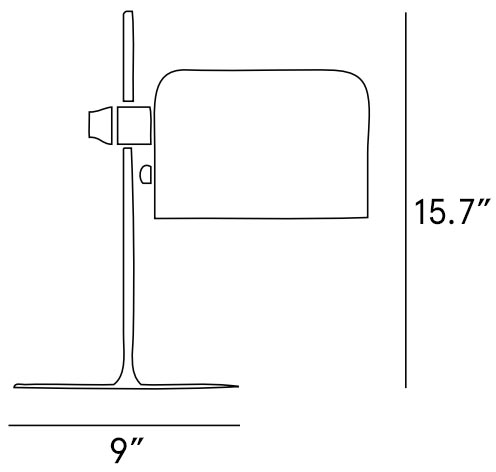Overview
Oluce is the oldest Italian design company in the lighting sector still in operation today. Oluce lighting’s design aesthetic is crisp, linear, and decorative. A subtle, intellectual beauty that over the years has led the company to produce some of the more recognizable and admired iconic lighting in the world. Its lamps appear in the most important permanent design collections worldwide.
Coupé Table Lamp by Joe Colombo for Oluce
- Iconic Italian Modern Design part of many permanent museum collections
- Winner of the 1968, ”International Design Award” of the American Institute of Interior Designers in Chicago.
- White or black lacquered metal base, chromium-plated stem, adjustable reflector in matching white or black lacquered Aluminum
- H 15.7" x W 9"
- 1x E26 bulb max 100W (not included)
- UL Listed
- Made in Italy




Specifications
Designer

Prolific Italian architect and designer Joe Colombo, born Cesare Colombo, believed in democratic and functional design, meant to be used in many different ways - all for the benefit of the user. Ahead of his time, Colombo relied on emerging material and the latest technologies to design futuristic "machines for living", many of which have become icons for a new way of living.



 @DESIGNQUARTERS
@DESIGNQUARTERS